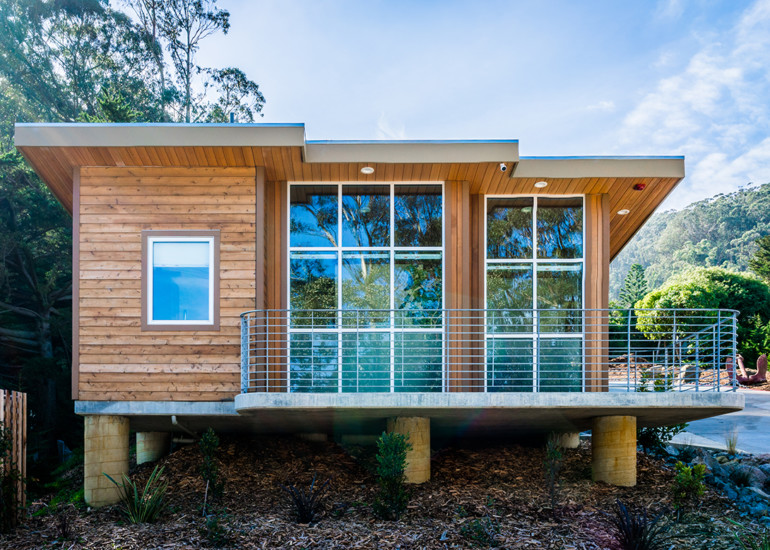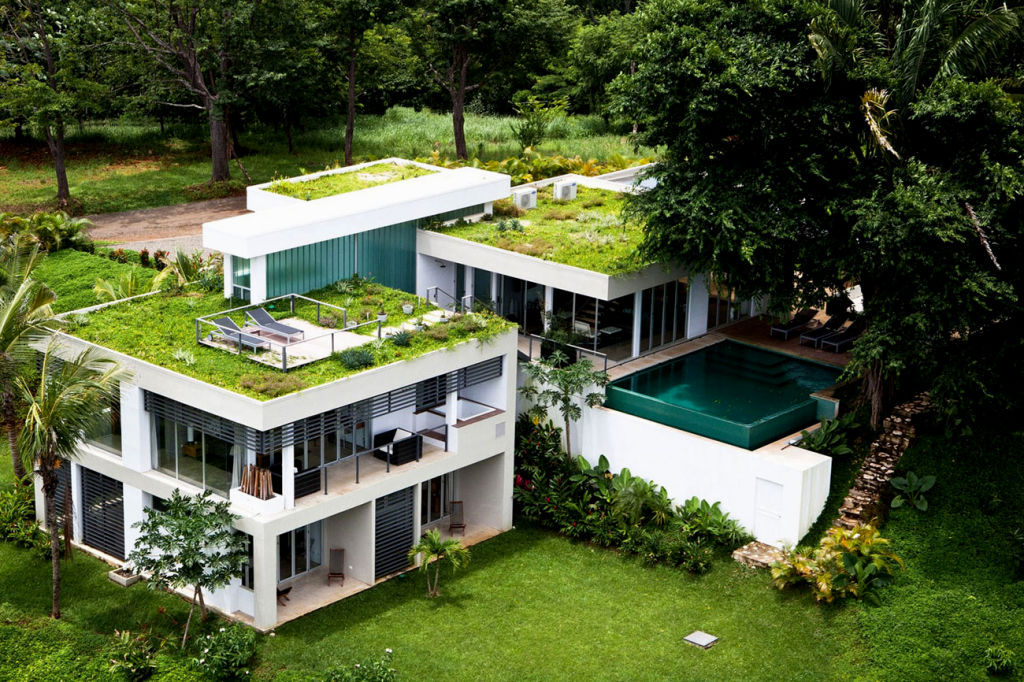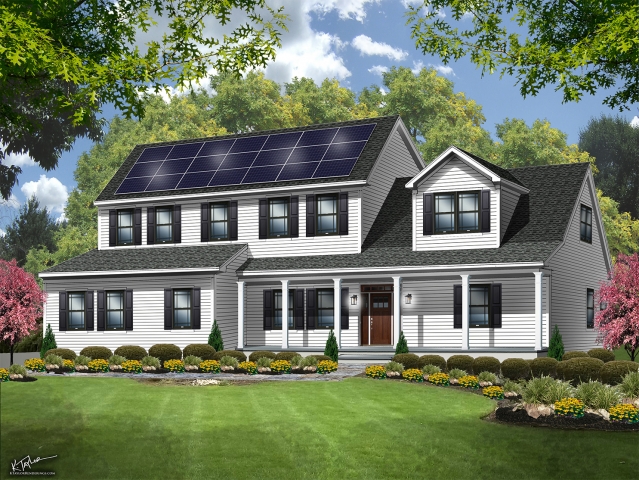
In today's world, many individuals are seeking ways to embrace a more sustainable and minimalist lifestyle. This article explores five pathways for transitioning into minimalism for sustainable living.
Discover conservation practices, waste reduction strategies, and energy efficiency solutions that can be easily incorporated into a minimalist lifestyle.
By making sustainable choices, individuals can not only experience the freedom of minimalism but also contribute to a greener and more sustainable future.
Conservation Practices for Sustainable Living
Conservation practices are crucial for achieving sustainable living by minimizing resource consumption and preserving the environment. When it comes to eco-friendly habits, water conservation techniques play a significant role. By adopting these techniques, individuals can reduce their water footprint and contribute to a more sustainable future.
One of the simplest ways to conserve water is by fixing any leaks in faucets, toilets, or pipes. This not only saves water but also reduces water bills. Another effective technique is to install low-flow fixtures such as showerheads and faucets that limit water usage without compromising functionality.
Furthermore, practicing mindful water usage can make a significant difference. This includes turning off the tap while brushing teeth, using a broom instead of a hose to clean outdoor spaces, and collecting rainwater for watering plants.
Embracing Minimalism for a Greener Lifestyle
To achieve a greener lifestyle, individuals can transition into minimalism by embracing a more intentional approach to their consumption habits. Minimalism encourages people to declutter their lives and focus on what truly matters, leading to a more sustainable and eco-friendly lifestyle.

Here are some decluttering tips for minimalist living:
- Start small: Begin by decluttering one area or room at a time to avoid feeling overwhelmed.
- Donate or sell unused items: Instead of throwing away unwanted belongings, consider donating or selling them to reduce waste and give them a new purpose.
- Practice mindful consumption: Before making a purchase, ask yourself if you truly need the item and if it aligns with your minimalist and sustainable values.
- Opt for quality over quantity: Invest in well-made, durable items that will last longer, reducing the need for constant replacements.
Waste Reduction Strategies for Sustainable Living
One effective way to promote sustainable living is by implementing waste reduction strategies. Composting methods for waste reduction are a great way to minimize the amount of organic waste that ends up in landfills. Composting involves the decomposition of organic materials, such as food scraps and yard waste, into nutrient-rich soil. This process not only reduces waste but also creates a valuable resource for gardening and farming.
Another waste reduction strategy is to embrace zero waste alternatives for sustainable living. This involves reducing, reusing, and recycling materials to minimize the amount of waste that is generated. By adopting these practices, individuals can significantly reduce their environmental footprint and contribute to a more sustainable future.
Incorporating Energy Efficiency Into Minimalist Living
Incorporating energy efficiency into minimalist living can greatly enhance one's sustainability efforts. One effective way to achieve this is by investing in energy-saving appliances. These appliances are designed to use less energy while still providing the necessary functionality. Look for appliances with high Energy Star ratings, as they have been certified to be energy-efficient. By using these appliances, you can reduce your overall energy consumption and lower your carbon footprint.
Another aspect to consider is sustainable lighting. Opt for LED bulbs instead of traditional incandescent ones. LED bulbs are not only more energy-efficient, but they also have a longer lifespan, reducing the need for frequent replacements. Additionally, make use of natural light as much as possible by strategically placing windows and using light-colored walls and furnishings to maximize its effect.
Sustainable Choices for a Minimalist Lifestyle
By making sustainable choices, individuals can embrace a minimalist lifestyle that aligns with their commitment to environmental preservation.
Here are three key areas where sustainable choices can be applied:

- Sustainable fashion: Opt for clothing made from organic or recycled materials, support brands that prioritize fair trade and ethical production practices, and embrace a capsule wardrobe approach by investing in timeless pieces that can be mixed and matched.
- Eco-friendly home: Choose energy-efficient appliances and lighting, reduce water consumption by installing low-flow fixtures, and incorporate natural materials such as bamboo or cork for flooring and furniture. Additionally, consider using non-toxic cleaning products and reducing waste through composting and recycling.
By incorporating sustainable fashion and creating an eco-friendly home, individuals can minimize their environmental impact while still enjoying a minimalist lifestyle.
These choices not only contribute to a healthier planet but also promote personal freedom and conscious consumption.
Frequently Asked Questions
How Do I Deal With Sentimental Items While Embracing Minimalism for a Greener Lifestyle?
When embracing minimalism for a greener lifestyle, it can be challenging to deal with sentimental items. One approach is to carefully evaluate their importance and consider repurposing or donating them. Additionally, finding sustainable hobbies can help redirect sentimental attachment towards eco-friendly activities.
What Are Some Creative Ways to Repurpose or Upcycle Household Items for Waste Reduction in Sustainable Living?
Repurposing furniture and creating DIY sustainable home decor are creative ways to reduce waste in sustainable living. By giving new life to old items, we can minimize our environmental footprint while enjoying unique, personalized pieces for our homes.
Are There Any Specific Energy-Efficient Appliances or Technologies That Can Be Incorporated Into Minimalist Living?
Energy-efficient appliances and technologies are key components of minimalist living. They allow individuals to reduce their energy consumption and environmental impact while enjoying the benefits of modern conveniences. Incorporating these technologies is essential for sustainable living.
How Can I Make Sustainable Choices for a Minimalist Lifestyle When It Comes to Clothing and Fashion?
To make sustainable choices for a minimalist lifestyle when it comes to clothing and fashion, consider supporting sustainable fashion brands and building a minimalist wardrobe by choosing versatile, high-quality pieces that align with your personal style and values.
Is It Possible to Adopt a Minimalist Lifestyle While Still Maintaining a Social Life and Participating in Activities That May Generate Waste?
Balancing minimalism and environmental consciousness while maintaining a social life and participating in activities that generate waste is possible. By making conscious choices, such as reducing single-use items and supporting sustainable businesses, one can socialize while reducing waste.
 Family Craft ProjectsHome ImprovementCooking and BakingReuse and RecycleDIY GiftsEco-Friendly ProjectsDIY Home SolutionsSeasonal ActivitiesFun and GamesLearn TogetherPrivacy PolicyTerms And Conditions
Family Craft ProjectsHome ImprovementCooking and BakingReuse and RecycleDIY GiftsEco-Friendly ProjectsDIY Home SolutionsSeasonal ActivitiesFun and GamesLearn TogetherPrivacy PolicyTerms And Conditions

 Family Craft ProjectsHome ImprovementCooking and BakingReuse and RecycleDIY GiftsEco-Friendly ProjectsDIY Home SolutionsSeasonal ActivitiesFun and GamesLearn TogetherPrivacy PolicyTerms And Conditions
Family Craft ProjectsHome ImprovementCooking and BakingReuse and RecycleDIY GiftsEco-Friendly ProjectsDIY Home SolutionsSeasonal ActivitiesFun and GamesLearn TogetherPrivacy PolicyTerms And Conditions
